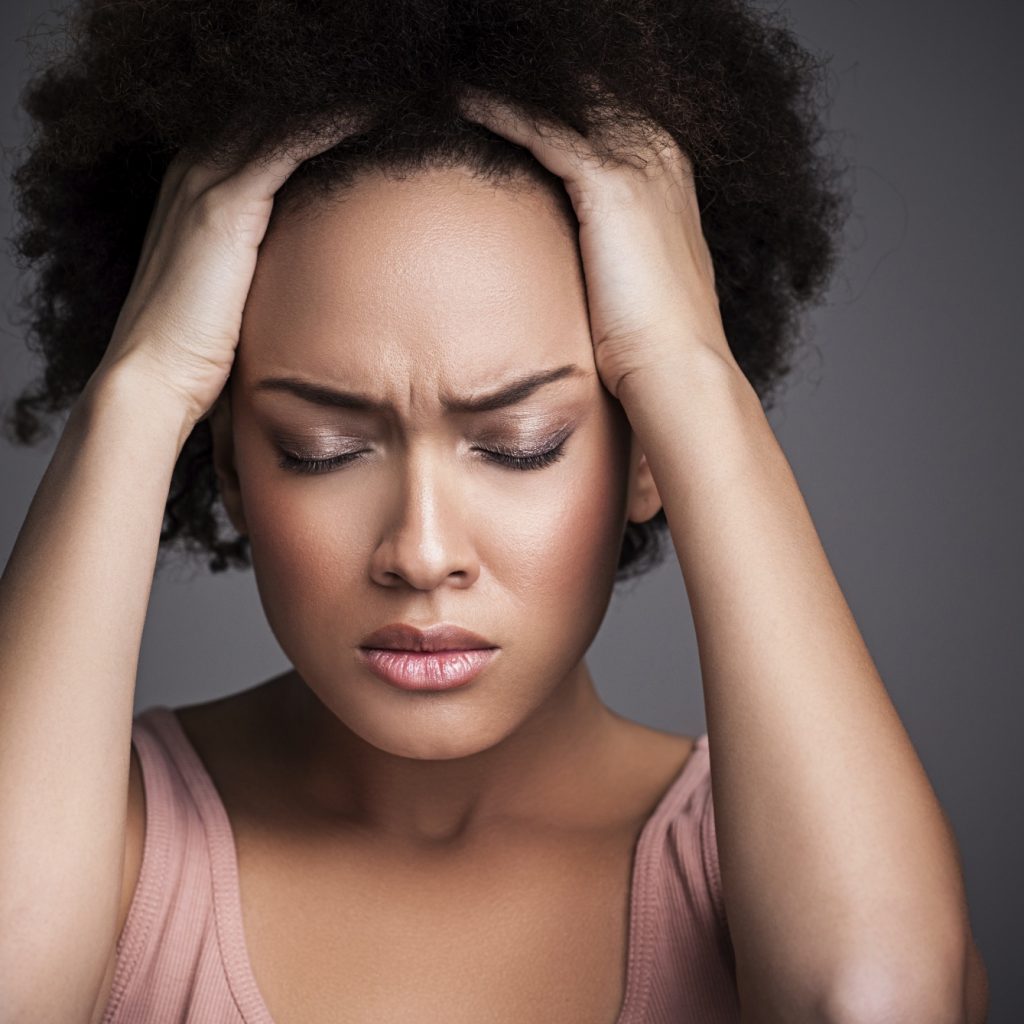
An estimated 27 million Americans suffer from urinary incontinence, but did you know that 75-80% of those patients are women? It’s a startling fact. Urinary incontinence, also known as bladder incontinence, is the loss of bladder control. The degrees of loss can vary from slight to full loss of control. The problem is that this issue is more than just medical problem; it can affect emotional, psychological and social life as well.
There are many people who think urinary incontinence comes with age, but it is actually a symptom that can be caused by many conditions and those causes differ between men and women. Urinary incontinence is separated into three different types, and some may experience various symptoms. In order to learn more about incontinence and how it may affect you, let’s take a look at what it is to suffer from each type:
Stress incontinence. This type of urinary incontinence occurs when you apply pressure on your bladder by exercising, laughing, sneezing, coughing or lifting something heavy. Does this sound familiar? How often have we heard that someone “peed a little” from laughing too hard? What happens is that the activity causes the sphincter to weaken and release urine.
Urge incontinence. Urge incontinence occurs when you feel the sudden, intense urge or need to urinate. This may sound like something that everyone does in their daily life, but often times, after feeling the urge to go you won’t have time between the urge and the loss of urine to make it to the restroom.
Overflow incontinence. This incontinence type occurs when you experience frequent dribbling or urine, due to the fact that your bladder doesn’t empty completely when using the restroom.
If you would like more information on blood pressure, contact Dr. Gordon C. Gunn MD at 714-912-2211 or visit www.gordongunnmd.com to schedule an appointment today.
Dr. Gordon Gunn proudly serves Fullerton and all surrounding areas.



 Every year, over 11 million women develop a urinary tract infection, (also known as a UTI, a bladder infection or acute cystitis). These infections are more
Every year, over 11 million women develop a urinary tract infection, (also known as a UTI, a bladder infection or acute cystitis). These infections are more  The history of hormone replacement in women has seen many swings in popularity over the past few decades. In 1991, the National Institutes of Health (N.I.H.) launched the Women’s Health Initiative (WHI), designed to test the effects of hormone therapy on heart disease, bone fractures, breast cancer and colon cancer. One group of women who had undergone a hysterectomy received oral estrogen (Premarin) alone [estrogen replacement therapy or ERT]. A second group received a combination of Premarin and progesterone (PremPro) [combination hormone replacement therapy or HRT]. A third group received a placebo, which contained no hormone. In 2002, the study was stopped because the Provera group was associated with a slight increase in the incidence of
The history of hormone replacement in women has seen many swings in popularity over the past few decades. In 1991, the National Institutes of Health (N.I.H.) launched the Women’s Health Initiative (WHI), designed to test the effects of hormone therapy on heart disease, bone fractures, breast cancer and colon cancer. One group of women who had undergone a hysterectomy received oral estrogen (Premarin) alone [estrogen replacement therapy or ERT]. A second group received a combination of Premarin and progesterone (PremPro) [combination hormone replacement therapy or HRT]. A third group received a placebo, which contained no hormone. In 2002, the study was stopped because the Provera group was associated with a slight increase in the incidence of 
